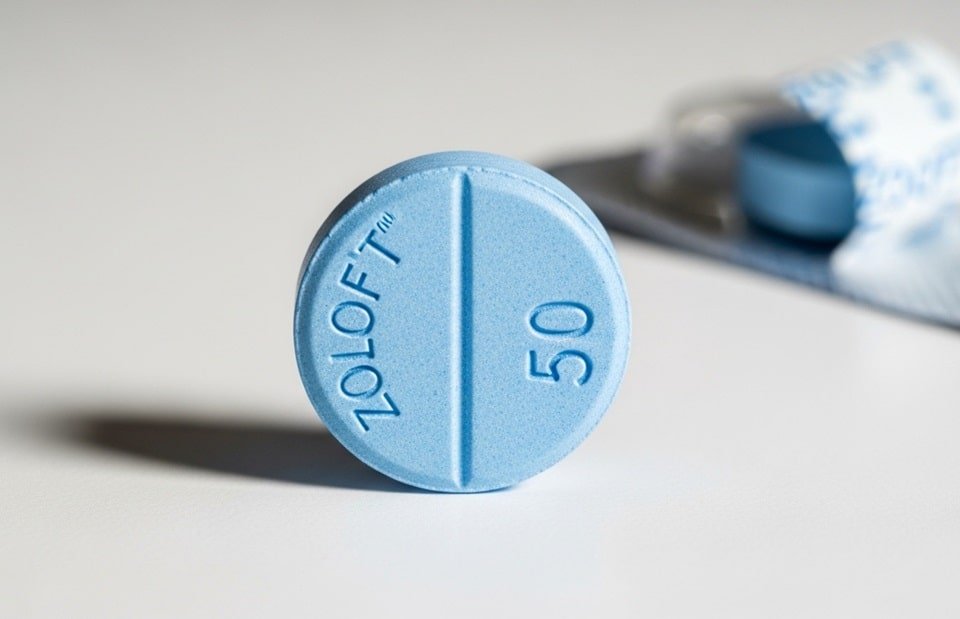
Comprehensive Guide to Sertraline Hydrochloride: Uses, Dosages, Interactions, and Side Effects
Sertraline hydrochloride, a selective serotonin reuptake inhibitor (SSRI), is a widely prescribed medication for various mental health conditions. Below is an in-depth exploration of its applications, dosages, interactions, and potential side effects, enriched with data, comparative analyses, and authoritative references.
Uses of Sertraline Hydrochloride
Sertraline is primarily used to treat several mental health disorders. Below is a detailed breakdown of its applications:
- Depression: Sertraline is FDA-approved for major depressive disorder (MDD), a condition affecting over 280 million people globally WHO. It works by increasing serotonin levels in the brain, improving mood and reducing symptoms like sadness and fatigue.
- Generalized Anxiety Disorder (GAD): GAD affects approximately 6.8 million adults in the U.S. ADAA. Sertraline helps reduce excessive worry and anxiety.
- Obsessive-Compulsive Disorder (OCD): Sertraline is one of the first-line treatments for OCD, a condition impacting 2-3% of the population NCBI.
- Panic Disorder: It alleviates panic attacks, which affect 2-3% of Americans NIMH.
- Post-Traumatic Stress Disorder (PTSD): Sertraline is approved for PTSD, a condition affecting 8 million adults annually U.S. Department of Veterans Affairs.
- Social Anxiety Disorder: It reduces symptoms of social phobia, which affects 15 million U.S. adults ADAA.
- Premenstrual Dysphoric Disorder (PMDD): Sertraline is used off-label for PMDD, a severe form of PMS affecting 5-10% of menstruating women NCBI.
Comparative Analysis of Sertraline vs. Other SSRIs
| Medication | Primary Use | Common Side Effects | Cost (Monthly) |
|---|---|---|---|
| Sertraline | Depression, Anxiety | Nausea, Insomnia | $10-$50 |
| Fluoxetine | Depression, OCD | Headaches, Diarrhea | $5-$30 |
| Paroxetine | Anxiety, PTSD | Weight Gain, Dizziness | $20-$80 |
| Escitalopram | Depression, GAD | Fatigue, Dry Mouth | $15-$60 |
Key Takeaways:
- Sertraline is cost-effective and versatile.
- Fluoxetine is cheaper but has more gastrointestinal side effects.
- Escitalopram is preferred for GAD but is pricier.
Recommended Dosages
Dosages vary based on the condition and patient factors. Below is a detailed table:
| Condition | Starting Dose | Maximum Dose | Notes |
|---|---|---|---|
| Depression | 50 mg/day | 200 mg/day | May take 4-6 weeks for full effect |
| GAD | 25 mg/day | 200 mg/day | Gradual titration recommended |
| OCD | 50 mg/day | 200 mg/day | Monitor for symptom improvement |
| Panic Disorder | 25 mg/day | 200 mg/day | Start low to minimize side effects |
| PTSD | 25 mg/day | 200 mg/day | Adjust based on tolerance |
| PMDD | 50 mg/day (luteal phase) | 150 mg/day | Cyclical dosing |
Dosage Adjustments for Special Populations
- Elderly: Lower starting doses (12.5-25 mg/day) due to slower metabolism.
- Hepatic Impairment: Reduce dose by 50% to avoid toxicity.
- Renal Impairment: No adjustment needed unless severe.
Drug Interactions
Sertraline interacts with several medications, increasing the risk of adverse effects. Key interactions include:
- Monoamine Oxidase Inhibitors (MAOIs): Combining with MAOIs can cause serotonin syndrome, a potentially fatal condition Mayo Clinic.
- Blood Thinners (e.g., Warfarin): Increased bleeding risk NCBI.
- CYP2D6 Inhibitors (e.g., Bupropion): Elevated sertraline levels, increasing side effects.
- Alcohol: Enhances CNS depression and impairs judgment NIAAA.
Interaction Management Strategies
- Washout Period: 14 days between MAOIs and sertraline.
- Monitoring: Regular INR checks if on warfarin.
- Avoidance: Limit alcohol consumption.
Side Effects and Management
Side effects range from mild to severe. Below is a detailed list:
- Common Side Effects:
- Nausea (25% of users)
- Insomnia (18%)
- Diarrhea (15%)
- Sexual dysfunction (40%) NCBI.
- Serious Side Effects:
- Serotonin syndrome (rare, but fatal if untreated)
- Suicidal ideation (higher risk in patients under 25) FDA.
- Allergic reactions (rash, swelling)
Side Effect Management
- Nausea: Take with food.
- Insomnia: Administer in the morning.
- Sexual Dysfunction: Consider dose reduction or adjunctive therapies.
Statistical Insights and Data Tables
| Condition | Prevalence | Sertraline Efficacy | Placebo Response Rate |
|---|---|---|---|
| Depression | 280M worldwide | 60-70% | 30-40% |
| GAD | 6.8M (U.S.) | 50-60% | 20-30% |
| OCD | 2-3% global | 50-60% | 10-20% |
Long-Term Outcomes
- Depression: 50% remission after 6 months.
- Anxiety Disorders: 40-50% sustained improvement.
- OCD: 30-40% symptom-free after 12 weeks.
Patient Education and Adherence
Adherence to sertraline is critical for efficacy. Key strategies include:
- Medication Reminders: Use apps or pill organizers.
- Psychoeducation: Explain the delayed onset of action.
- Support Systems: Involve family or therapists.
Cost and Accessibility
Sertraline is available as a generic, costing $10-$50/month. Branded versions (Zoloft) are $200-$400/month. Insurance coverage varies, with 70-90% of plans covering generics GoodRx.
Conclusion
Sertraline is a versatile and effective treatment for multiple mental health conditions. Proper dosing, monitoring for interactions, and managing side effects are crucial for optimal outcomes.









